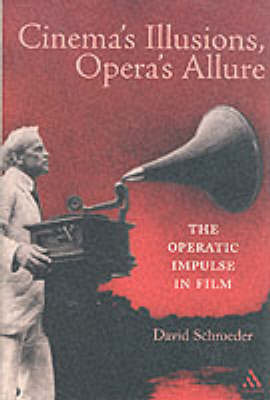Film Studies: Bloomsbury Academic Collections
1 total work
The invention of cinema was ingenious, so much so that virtually no one quite knew what to do with it. In its earliest stages, especially with the advent of the feature film, it needed models, and opera proved to be especially useful in this regard. The allure of opera to cinema early in the century held up through the silent era, into sound films, through the golden age of movies and into the most recent approaches to cinema. This book explores the numerous ways - some predictable, some unexpected, and some bizarre - that this has happened. The influence of Richard Wagner on filmmakers has been especially striking, and some have even devised visual images that seem to emerge from a kind of non-verbal Wagnerian essence - a formative, musical urge that can underlie a cinematic idea, defying explanation and remaining purely sensory. A number of directors have intuited this possibility, including Griffith, DeMille, Eisenstein, Chaplin, Lang, Wells, Bunuel and Hitchcock. This book provides an account of the influence of one medium on another, arguing that opera can often be found lurking in the background of a wide range of films.
